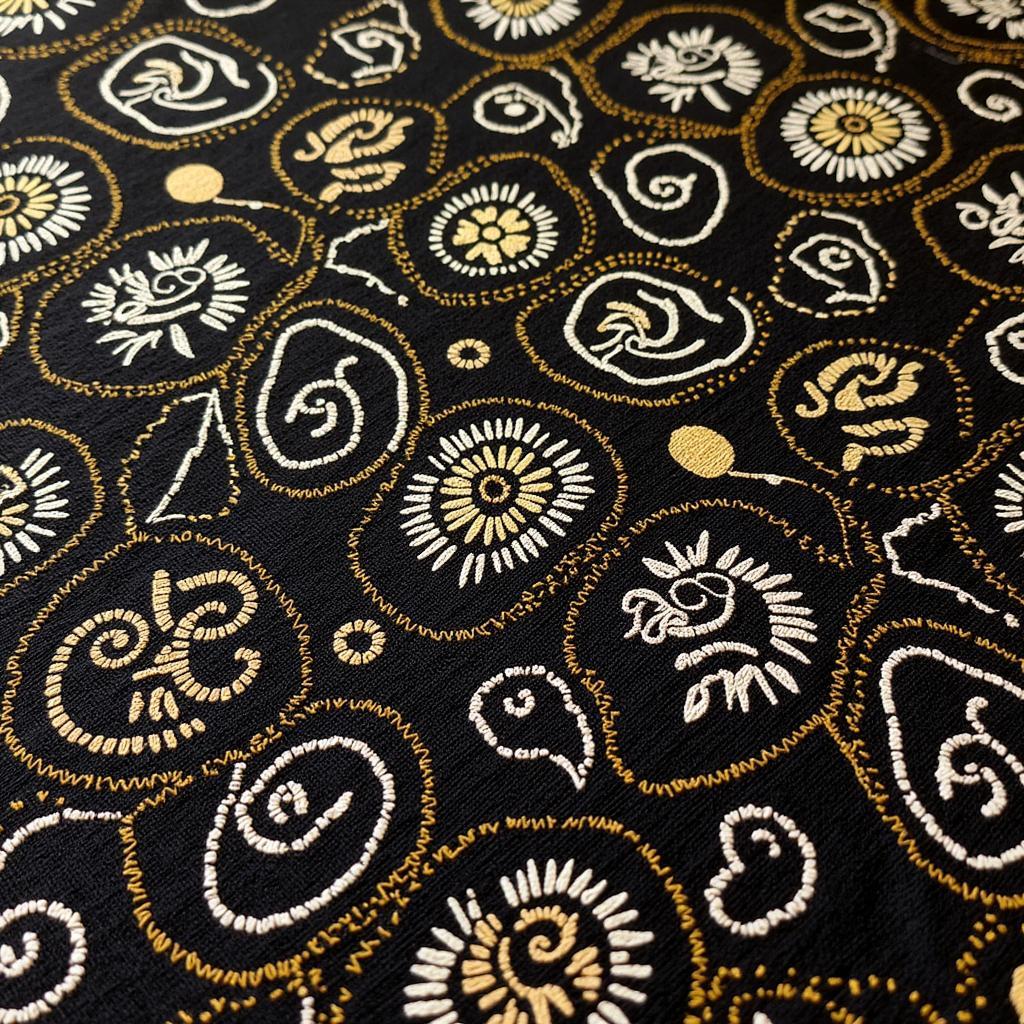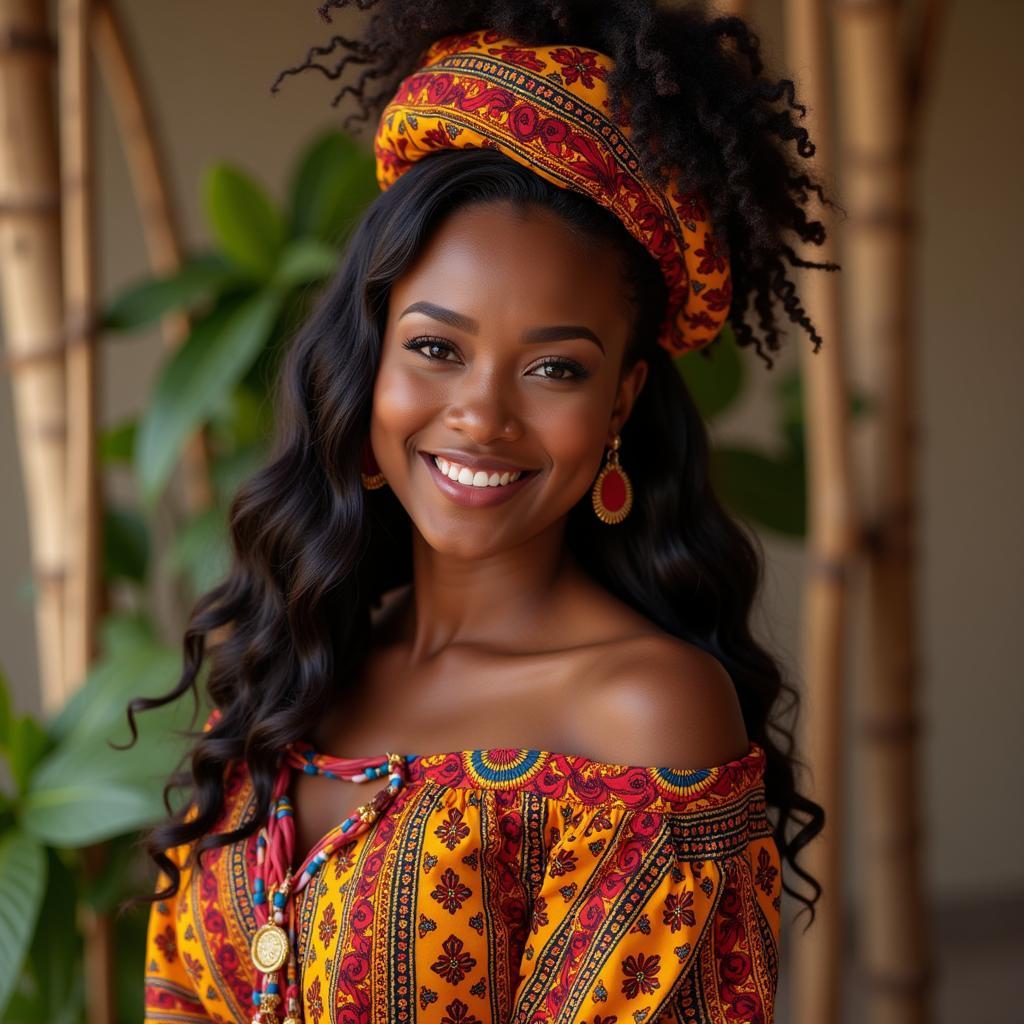African Tribes Drawing: A Window into Rich Cultural Heritage
The captivating world of “African Tribes Drawing” offers a glimpse into the diverse cultures and traditions of the African continent. These artistic representations go beyond mere aesthetics, serving as visual narratives that tell stories of ancestry, rituals, and daily life.
The Significance of Tribal Drawings in Africa
Across the vast expanse of Africa, each tribe boasts a unique artistic language, often expressed through intricate drawings. These drawings are more than just decorative elements; they are embedded with profound cultural significance.
- Storytelling Through Art: For centuries, African tribes have relied on oral traditions to pass down their history and beliefs. Drawings play a crucial role in this process, visually depicting myths, legends, and historical events.
- Symbolic Representations: Tribal drawings are rich in symbolism. Every element, from colors to patterns, carries a specific meaning, often relating to spirituality, social hierarchy, or the natural world.
- Ritualistic Purposes: Many African tribes incorporate drawings into their rituals and ceremonies. Body art, masks, and murals often feature prominently, serving as a means to connect with spirits, ancestors, or deities.
Exploring Different Styles of African Tribal Drawings
From the intricate patterns of the Ndebele people of South Africa to the bold geometric designs of the Maasai in Kenya, the styles of African tribal drawings are as diverse as the continent itself.
North Africa: Geometric Precision and Islamic Influence
North African tribal drawings, particularly in the Sahara region, often feature geometric patterns and calligraphy, reflecting the influence of Islamic art. The Berber people, for instance, are known for their intricate rug designs and henna tattoos, which incorporate symbolic motifs and protective charms.
West Africa: Bold Colors and Symbolic Motifs
West African tribal art is characterized by its vibrant colors, bold lines, and use of symbolic motifs. The Ashanti people of Ghana, for example, are renowned for their Adinkra symbols, which represent proverbs and concepts.
 West African Adinkra Cloth
West African Adinkra Cloth
East Africa: Body Art and Abstract Designs
East African tribal drawings often take the form of body art, with tribes such as the Maasai and the Mursi using natural pigments to create elaborate designs on their skin. These designs often signify age, status, and clan affiliation.
Southern Africa: Murals and Beadwork
In Southern Africa, the Ndebele people are celebrated for their brightly colored house murals and intricate beadwork. These artistic expressions showcase geometric patterns and vibrant hues, reflecting their cultural identity and aesthetic sensibilities.
How “African Tribes Drawing” Inspires Contemporary Art
The influence of African tribal art extends far beyond the continent, inspiring contemporary artists across the globe. Its unique aesthetic elements and rich symbolism have been incorporated into various art forms, including painting, sculpture, fashion, and graphic design.
Frequently Asked Questions about African Tribal Drawings
1. What materials are traditionally used for African tribal drawings?
Traditional materials include natural pigments from plants, minerals, and clay, as well as charcoal, blood, and chalk.
2. Are African tribal drawings still practiced today?
Yes, many African tribes continue to practice their traditional forms of art, passing down their knowledge and skills to younger generations.
3. Where can I see examples of African tribal drawings?
Museums worldwide house extensive collections of African art. You can also find examples online and in art galleries specializing in African art.
Conclusion: Appreciating the Legacy of African Tribal Drawings
“African tribes drawing” is not merely an artistic style; it’s a testament to the rich cultural heritage of Africa. Through these captivating visuals, we gain a deeper understanding of the diverse traditions, beliefs, and artistic expressions that have flourished on the continent for centuries.
african arts and crafts for kids
Need Assistance?
Contact us at:
- Phone Number: +255768904061
- Email: kaka.mag@gmail.com
- Address: Mbarali DC Mawindi, Kangaga, Tanzania.
Our customer support team is available 24/7 to assist you.

